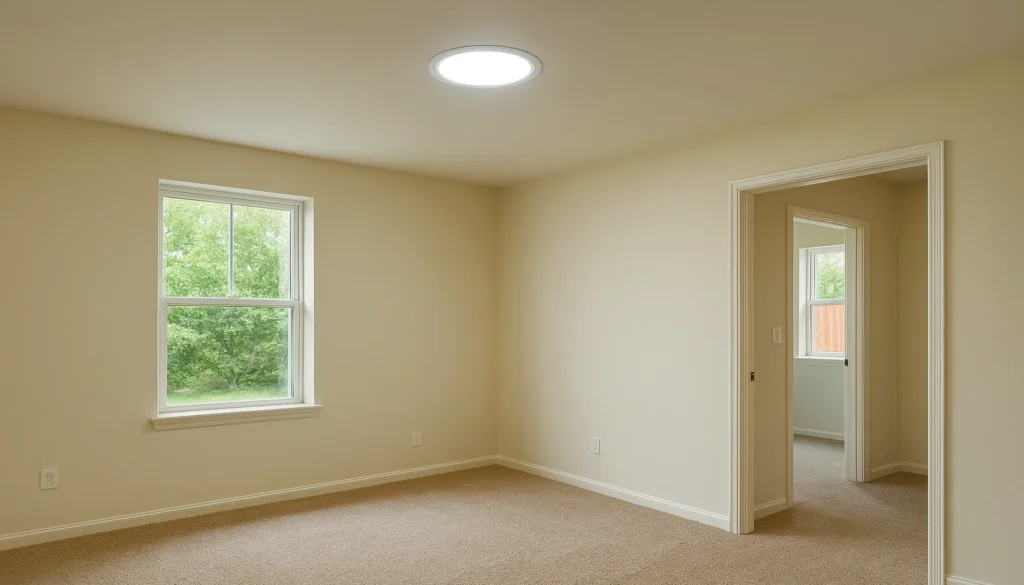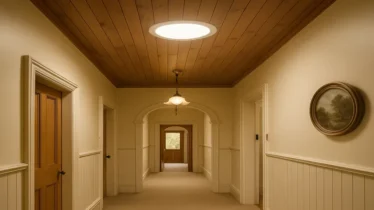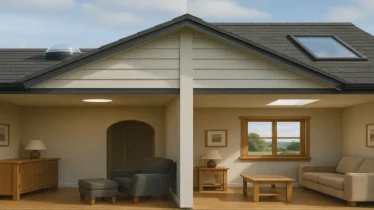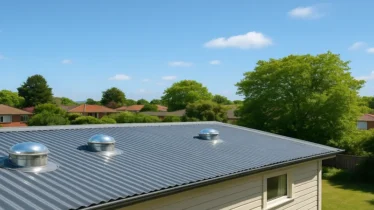Northland’s Natural Light Checklist: Where to Add Sun Tubes Room-by-Room
Adding a sun tube to your home can transform how a space feels—but where you put it matters just as much as whether you install one. In Northland, with its mix of coastal villas, mid-century bungalows, and lifestyle homes, thoughtful placement is key to getting the most from your daylighting investment.
Here’s your practical, room-by-room guide to where sun tubes make the biggest difference—along with tips for angle, pitch, and placement based on local housing stock.
Kitchen
Why: Northland kitchens often sit on the shaded side of the home or under extended eaves, reducing natural light.
Best Spot: Over food prep zones or centre island.
Tips:
- Use wider-diameter tubes (350mm+) for functional spaces.
- North-facing roofs work best but east is a good second choice.
- If your kitchen is part of an open-plan, balance the light level with the living area to avoid uneven brightness.
Ensuite or Bathroom
Why: Many homes have internal bathrooms or tiny windows for privacy, especially in compact builds.
Best Spot: Above the vanity or central to the room.
Tips:
- Opt for a diffuser cover to soften and spread light.
- Roof pitch doesn’t matter as much here—sun tubes work well even on low-slope roofs.
- Ask about condensation management features or integrated ventilation add-ons.
Hallway or Entryway
Why: Hallways are frequently long and poorly lit, especially in older Whangārei and Dargaville homes.
Best Spot: Central section of the hallway or just inside the front door.
Tips:
- Smaller tubes (250mm–300mm) work well in these spaces.
- Steeper roof pitch allows more direct light capture in winter.
- Consider tube bends or elbows to navigate ceiling cavities.
Laundry or Utility Room
Why: Often located at the rear or side of the home with no windows—prime spots for mould and gloom.
Best Spot: Directly above the washing machine or folding bench.
Tips:
- Use sealed units to prevent moisture ingress.
- Match with rooflines commonly found in utility extensions or lean-tos.
Walk-In Wardrobe
Why: These small spaces rarely get daylight but benefit from it hugely.
Best Spot: Centre of the ceiling.
Tips:
- A small tube makes a big impact.
- Diffused lighting reduces glare on clothing or mirrors.
Bedroom (Selective Use)
Why: Some north-facing bedrooms can feel dim in winter or early morning.
Best Spot: Centre ceiling or near reading nook.
Tips:
- Use soft-diffuser domes for comfort.
- East-facing roof slopes are ideal for morning light boosts.
- Avoid direct placement over the bed to maintain restful ambiance.
Garage or Internal Access Way
Why: These spaces are often completely windowless but used daily.
Best Spot: Mid-point of the garage or near internal doorways.
Tips:
- Choose durable tubes with UV-protected domes.
- Sloped roofs above garages may require angle adapters.
- Adds security and practicality without switching on lights.
Retrofitting vs New Builds
- Retrofitting? Use flexible tubing and elbows to navigate existing roof trusses and ceiling cavities.
- New build? Plan your light map with the architect—especially for rooms with limited wall-facing exposure.
Summary Placement Checklist
|
Room |
Ideal Tube Size |
Roof Pitch Impact |
Placement Tip |
|
Kitchen |
350mm+ |
Medium/Steep |
Over island or prep zone |
|
Bathroom/Ensuite |
250–300mm |
Any |
Centre or over vanity |
|
Hallway/Entry |
250–300mm |
Steep preferred |
Central hallway or foyer |
|
Laundry |
250mm |
Low/Flat okay |
Over washing bench |
|
Wardrobe |
250mm |
Any |
Centre of space |
|
Bedroom |
300mm+ |
East pitch best |
Away from direct bed area |
|
Garage |
300–350mm |
Sloped |
Mid-garage or near doorway |
Suntubes.co.nz connects Northland homeowners with local professionals who understand the nuances of home lighting and building styles in the region.
Not sure where to start?
We’ll help you map out the best daylighting plan for your home—room by room.




